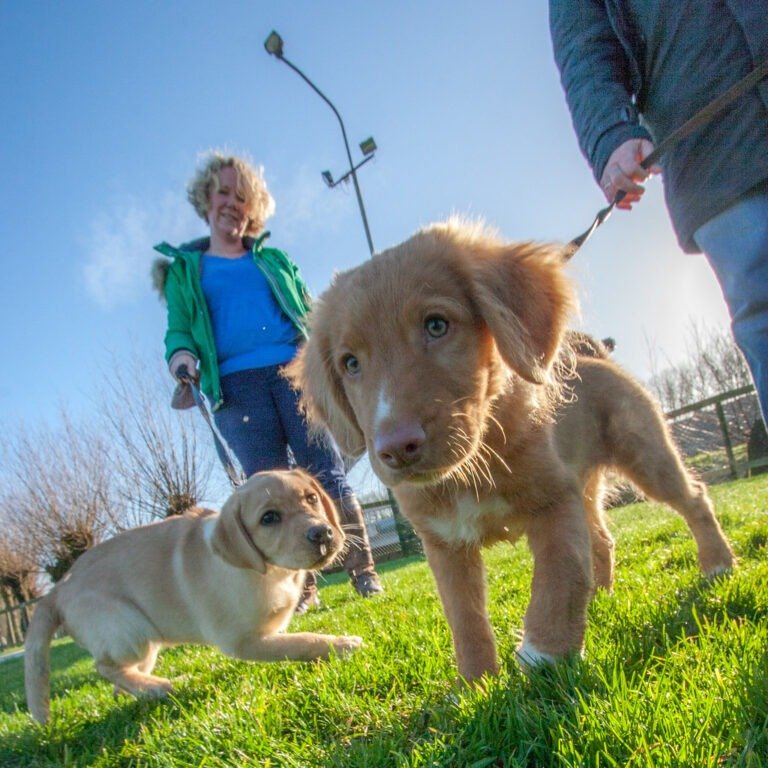How To Use Commands Your Dog Can Understand
A dog or a puppy absolutely thrives on consistency. This is true all the way from finding and sticking to the right kibble to deciding what is and what isn’t acceptable behavior.
Consistency makes a pup very, very much happier and more secure than the bouncy kind of life many of us humans prefer.
Maybe you’ll have to have periodic family councils to hammer out just what kinds of canine behavior are and are not acceptable to various members of the clan. By all means get it straight among the human members of the family; otherwise, if you are unpredictable and all pulling in different directions, the puppy will end up a confused mess, and it will be your fault.
Once you have agreed on what goes, enforce the rules. “Oh, let her do it just this once,” is a sure way to wreck the training program and confuse the pup.
Your puppy probably comes to you having either no vocabulary or a very limited one. Decide your words of command and make the whole family use only those words.
It’s not productive when people go chattering away, nagging and nagging their puppies with the vocabulary of human adults, then wondering why the poor, silly puppies don’t seem to get the message. My husband Charles and I had a discussion some years back about the terms we used to encourage a puppy to eliminate outside.

He was, I think understandably, somewhat put off at standing around telling a huge our Dane puppy to “Go potty.” I find that term comfortable and easily understood by a pup. However, as I agreed with him then and still do, use any term that’s easy to understand – which means short – and comfortable, as long as that’s the terminology you always use for that particular behavior.
With Tiger, whom we were house- breaking at the time, Charles got outstanding results by telling her first to “make a puddle,” then telling her to “go poop.” After all, those were the words she understood.
There is another all-purpose word that is used over the years with puppies: GENTLE.
Drawn out and said slowly, the word sounds like the behavior we are encouraging. When a puppy is playing too roughly, for instance, a calming hand accompanied by the repetition of the “GENTLE” command will serve to quiet the situation.
The puppy isn’t doing something essentially wrong when you want the “Gentle” command – it’s just doing too much or too vigorously. So, the curious puppy that is nosing a resident cat will be warned to be GENTLE. I want the puppy and the cat to get along – insist on it, in fact – so this is not a time for NO.
Obviously the older dog that knows “Gentle” will understand what it’s doing wrong if it gets too rough with a puppy. The puppy who greets someone too rambunctiously is throttled down, as it were, with the “Gentle!” warning. If you think of the “NO” as a red light, “Gentle” is the amber, or warning, light. A very useful command, I’ve found.








One Comment
Comments are closed.